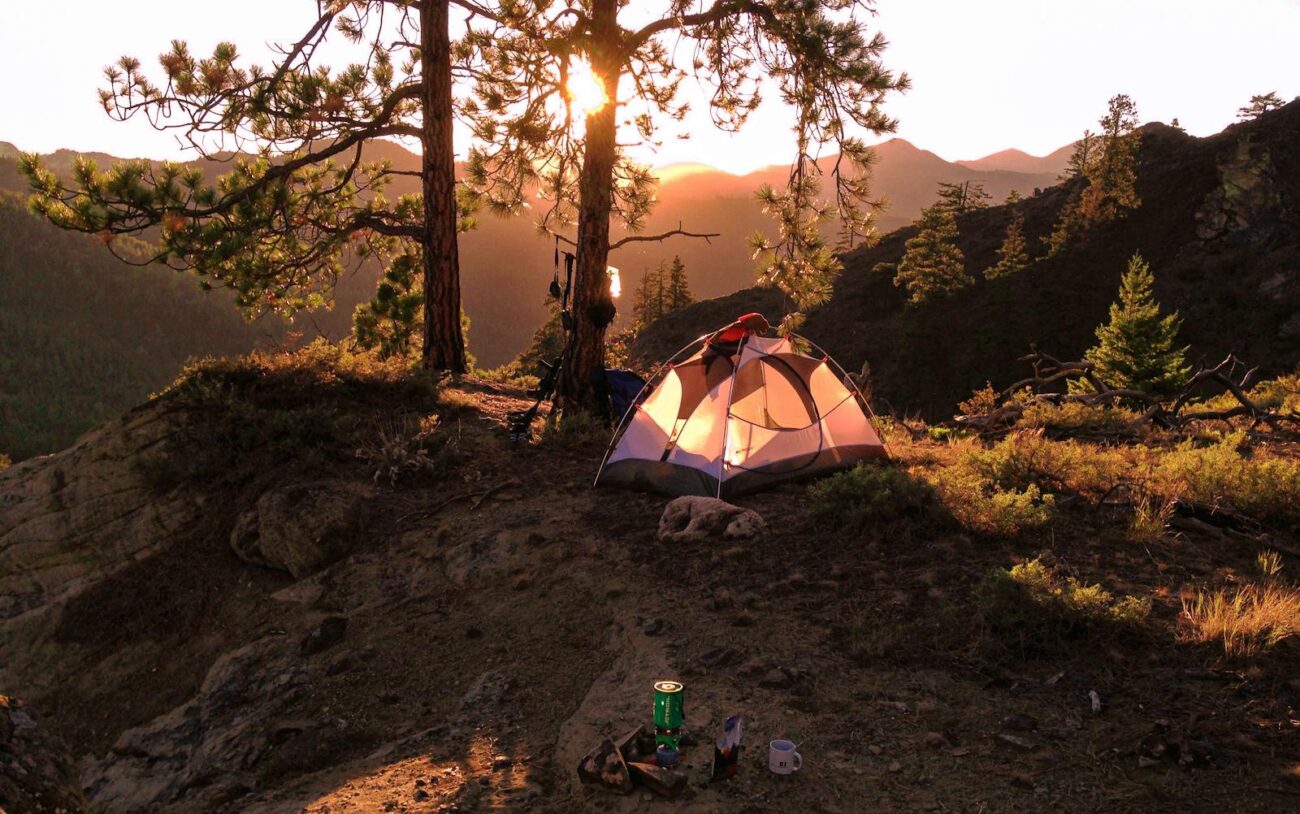Venturing into bear country offers some of the most breathtaking wilderness experiences available to outdoor enthusiasts. From the dense forests of the Appalachians to the vast expanses of Alaska, bears inhabit some of North America’s most pristine natural areas. While the thought of sharing space with these powerful mammals might trigger anxiety, camping in bear territory can be done safely with proper knowledge and preparation. Bears generally avoid human encounters and attacks are exceedingly rare. By understanding bear behavior and implementing proven safety measures, campers can minimize risks and enjoy a peaceful coexistence with these magnificent animals during their wilderness adventures.
Understanding Bear Territory and Behavior
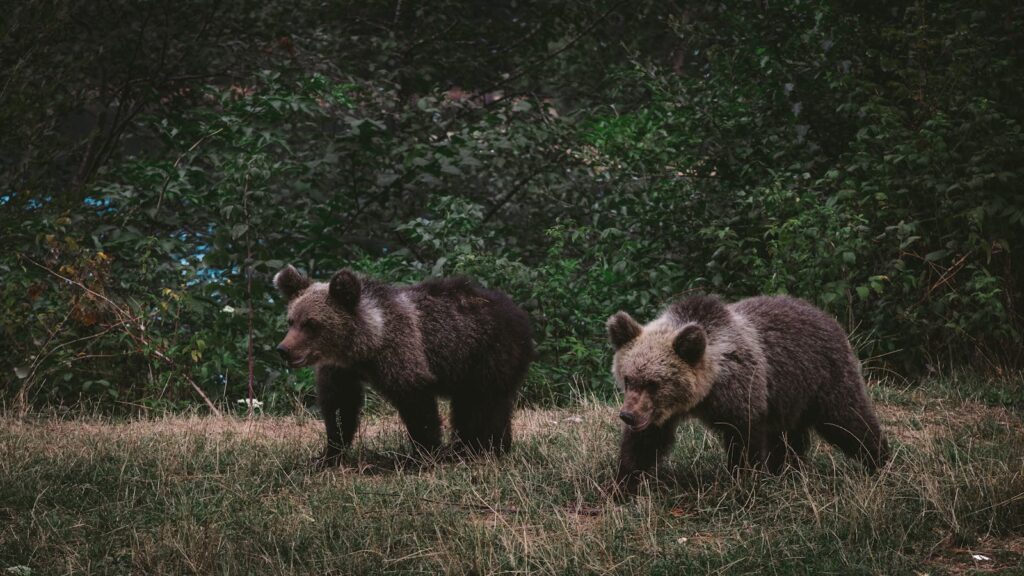
Before venturing into bear country, it’s essential to understand which species inhabit your destination and their typical behaviors. North America is home to three bear species: black bears (most common and widespread), brown/grizzly bears (found primarily in western states and Canada), and polar bears (Arctic regions). Black bears tend to be more docile and likely to retreat, while grizzlies can be more aggressive when surprised or if they perceive a threat to their cubs. Bears are generally most active during dawn and dusk, though they may forage throughout the day. Understanding their patterns, habitat preferences, and seasonal behaviors will significantly enhance your ability to camp safely in their territory.
Researching Your Destination

Thorough research about your camping destination is crucial before embarking on your adventure. Contact local forest rangers, park officials, or wildlife management agencies to inquire about recent bear activity, closures, or special precautions in effect. Many parks maintain bear activity logs and can provide up-to-date information about where bears have been spotted recently. Check if any special permits are required for backcountry camping in bear country, as some areas limit visitor numbers to minimize human-bear encounters. Additionally, understand the specific regulations of your destination, as requirements for food storage and camping procedures may vary between national parks, wilderness areas, and different jurisdictions.
Selecting a Bear-Safe Campsite
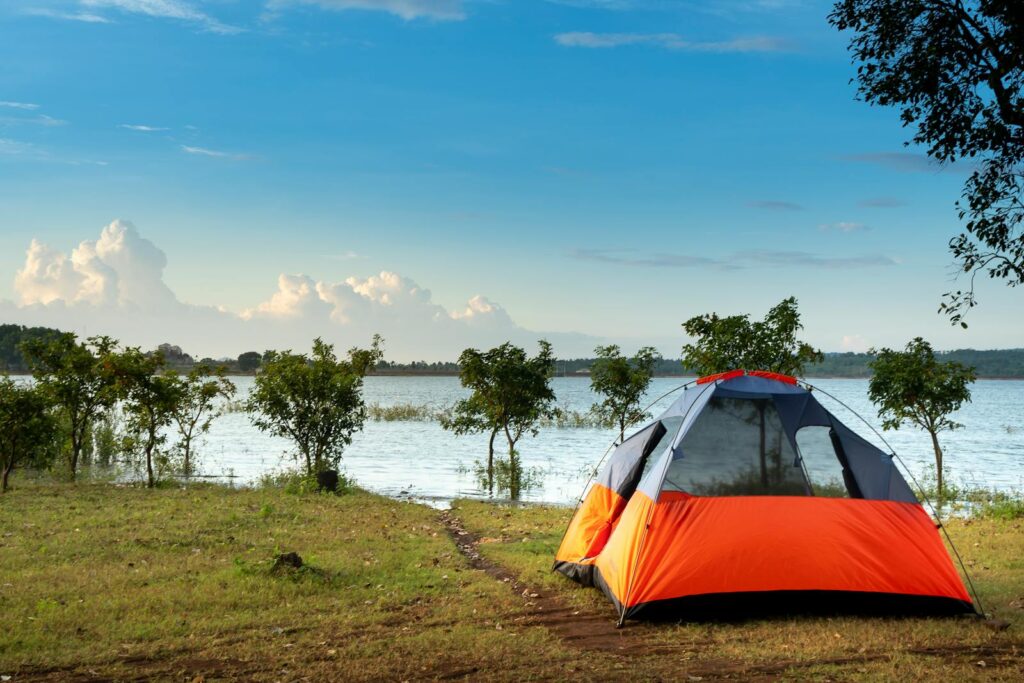
Choosing an appropriate campsite is your first line of defense when camping in bear territory. Avoid camping near game trails, berry patches, or fresh bear signs such as tracks, scat, or claw marks on trees, as these indicate active bear presence. Select a location at least 100 yards from where you’ll cook and store food, creating a triangle between your sleeping area, cooking area, and food storage location. Avoid camping near streams or rivers, as these serve as natural travel corridors for bears and other wildlife. In designated campgrounds, always use established sites and follow specific guidelines provided by park management regarding tent placement and proximity to food storage facilities.
Essential Bear-Resistant Gear
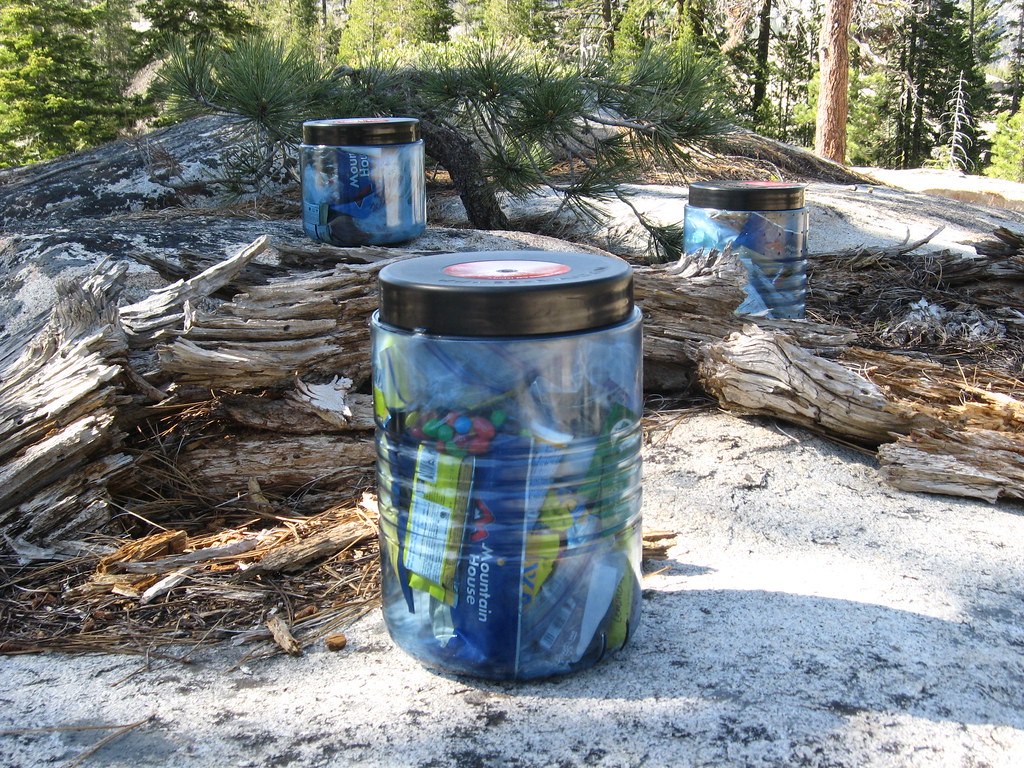
Investing in proper bear-resistant equipment is non-negotiable when camping in bear country. Bear-resistant food containers (BRFCs) or canisters are often required in many parks and wilderness areas; these specially designed containers prevent bears from accessing your food even if they find it. Bear bags or bear-proof sacks made from puncture-resistant materials provide another option for food storage, though they must be properly hung. Bear spray (a specialized pepper spray formulation) is considered the most effective deterrent against aggressive bears and should be carried within reach at all times. Other useful items include rope for hanging food (if canisters aren’t used), bear bells to announce your presence while hiking, and headlamps for visibility during nighttime trips to the bathroom or food storage area.
Proper Food Storage Techniques
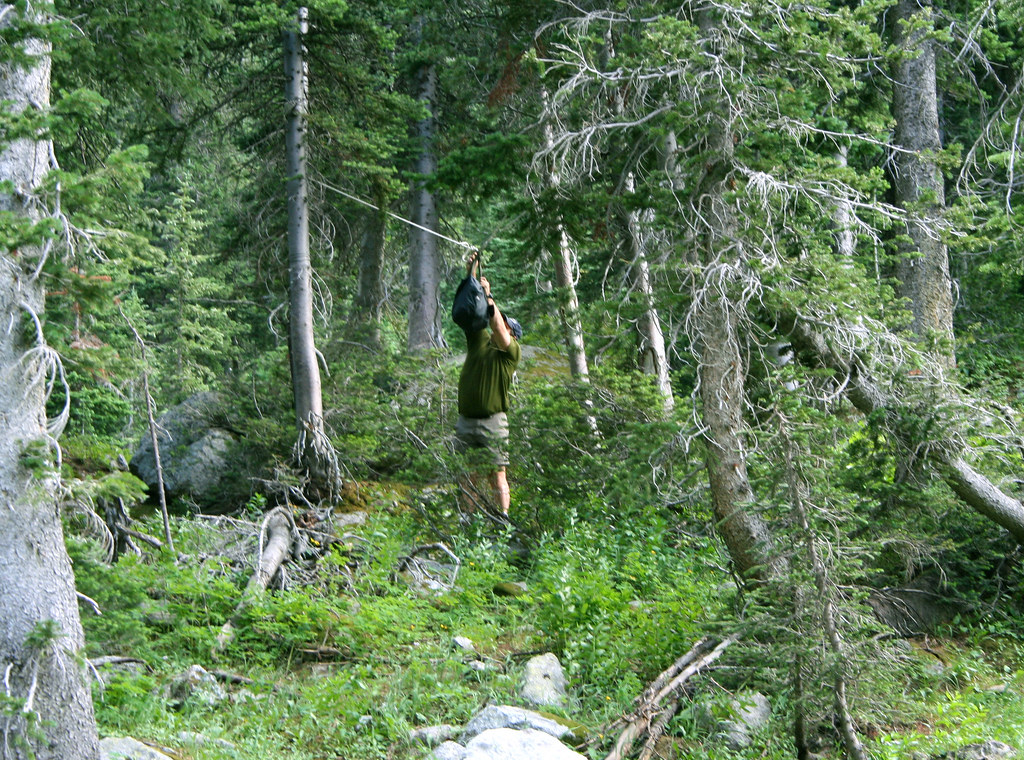
Appropriate food storage is perhaps the most critical aspect of bear safety, as bears are primarily attracted to human presence by food odors. The “bear hang” method involves suspending food bags at least 10-15 feet high and 4 feet away from any tree trunk or branch using counterbalance or PCT (Pacific Crest Trail) methods. Bear-resistant food canisters should be stored 100 yards from your campsite, preferably in an open area where bears can’t easily roll them away. Some campgrounds provide metal food lockers or poles specifically designed for bear-safe food storage. Never store food, cooking equipment, toiletries, or anything with an odor in your tent or sleeping area, as these scents can attract bears directly to where you’re most vulnerable.
Cooking and Eating Safely

Cooking practices in bear country require special attention to minimize food odors that might attract unwanted visitors. Establish your cooking area at least 100 yards downwind from your sleeping area to prevent food smells from permeating your tent. Choose foods that produce minimal odors and avoid strongly aromatic options like bacon or fish if possible. Promptly clean all cooking utensils, dishwater, and food particles after meals, disposing of wastewater according to local regulations (typically strained and scattered at least 200 feet from camp). Change out of clothes worn while cooking before entering your tent, as fabric can retain food odors that might attract bears during the night.
Camp Cleanliness Practices
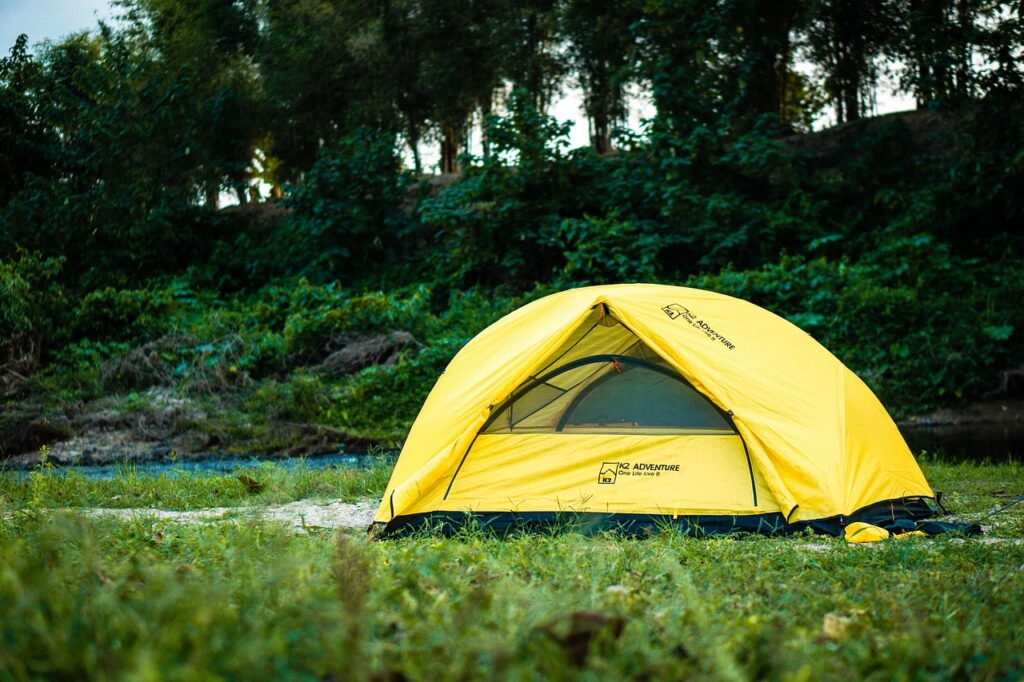
Maintaining a pristine campsite is fundamental to avoiding bear encounters. Implement a stringent “clean camp” policy by immediately cleaning up food scraps, packaging, and spills. Even small crumbs can attract bears with their keen sense of smell. Never bury food waste or dump food into rivers or lakes, as this teaches bears to associate these areas with food sources. Pack out all trash in odor-proof containers or bags, checking your site thoroughly before departing to ensure no attractive items remain. Remember that bears are attracted to non-food items with appealing scents as well, including toothpaste, deodorant, insect repellent, and scented wipes, so store these “smellables” with your food rather than in your tent.
Making Your Presence Known

Bears typically avoid humans when given adequate warning of our presence. Make noise while hiking by talking, singing, or occasionally clapping, especially in dense vegetation, near streams, or when rounding blind corners where surprise encounters are more likely. Some hikers use “bear bells,” though human voices are generally more effective at alerting wildlife. Traveling in groups significantly reduces the likelihood of aggressive bear encounters, as bears are less likely to approach multiple people. Avoid hiking during dawn, dusk, or nighttime hours when bears are most active. Always stay alert and watch for bear signs like tracks, scat, torn-up logs, or claw marks on trees, adjusting your route if fresh evidence suggests recent bear activity.
Responding to Bear Sightings
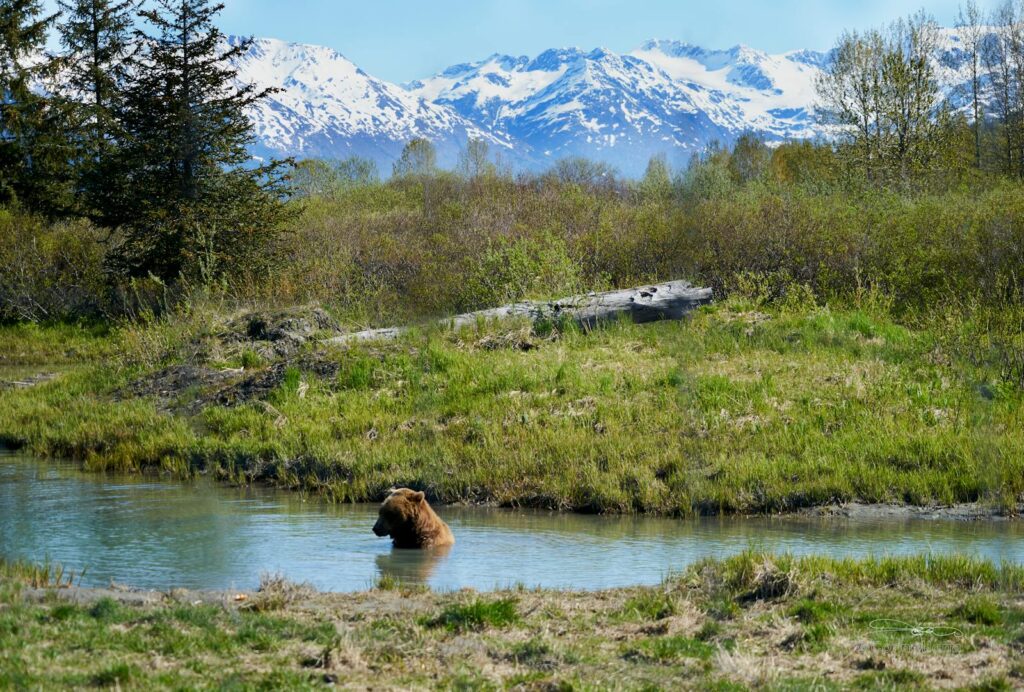
If you spot a bear in the distance that hasn’t noticed you, quietly and calmly leave the area, giving the animal a wide berth. Never approach bears for photographs or a closer look, regardless of how docile they may appear. If a bear notices you but hasn’t approached, speak in a calm, firm voice to identify yourself as human, slowly wave your arms, and gradually back away while maintaining visual contact. Never run, as this may trigger a chase response in the bear. If you’re in a group, stay together to appear larger and more intimidating. Remember that most bears encountered during daylight hours are simply going about their normal activities and will typically choose to avoid human interaction when given the opportunity.
Differentiating Between Black and Grizzly Bear Encounters
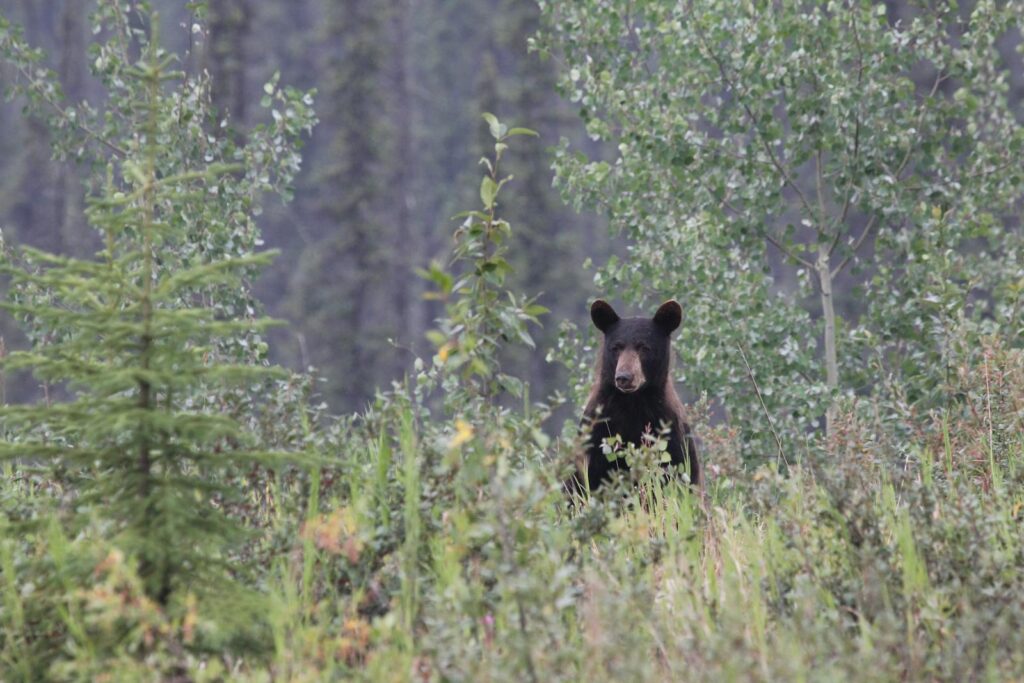
Response strategies differ slightly depending on whether you’re facing a black bear or a grizzly bear. Black bears are typically less aggressive and more likely to be bluffing during confrontational behavior; standing your ground, appearing large, and using aggressive counter-measures if attacked can be effective deterrents. Grizzly bears, identifiable by their shoulder hump, dish-shaped face, and longer front claws, require more cautious responses. With grizzlies, avoid direct eye contact (which can be perceived as threatening), speak calmly, and appear non-threatening while slowly backing away. Understanding these differences is crucial, as employing the wrong strategy based on bear species could potentially escalate rather than defuse an encounter.
Using Bear Spray Effectively
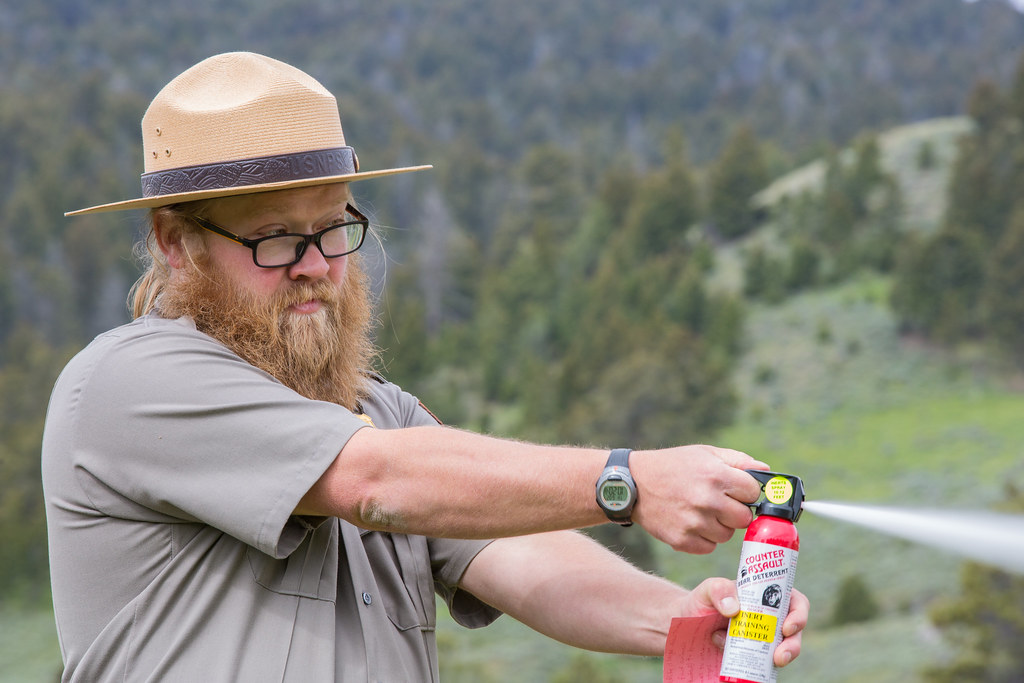
Bear spray has proven to be the most effective deterrent against aggressive bears, but knowing how to use it properly is essential. Keep bear spray accessible at all times—not buried in your backpack—using a belt holster or chest harness for quick access. Familiarize yourself with your specific brand’s operation before your trip, noting the safety mechanism and spray distance (typically 12-30 feet). When deploying bear spray, aim slightly downward toward the approaching bear, creating a cloud between you and the animal rather than spraying directly at its face. Bear spray is most effective when used at distances of 10-30 feet, creating a deterrent cloud that the bear must pass through to reach you. After use, back away from the area as the irritating capsaicin cloud affects humans as well as bears.
What to Do During a Bear Attack

Though extremely rare, bear attacks require specific response strategies based on the bear’s behavior and species. If a bear charges but doesn’t make contact (a bluff charge), stand your ground, talk firmly, and slowly back away after the bear breaks off its charge. If a bear makes physical contact and the attack appears defensive (typically with a grizzly protecting cubs or food), play dead by lying face down with hands clasped behind your neck, spreading your legs for stability, and remaining still until the bear leaves the area. However, if the attack seems predatory (the bear stalked you or attacked at night in your tent), fight back vigorously using any available weapons, focusing on the bear’s face and nose. Remember that predatory attacks are exceedingly rare, with most encounters resulting from bears being surprised or defending important resources.
Special Considerations for Family Camping
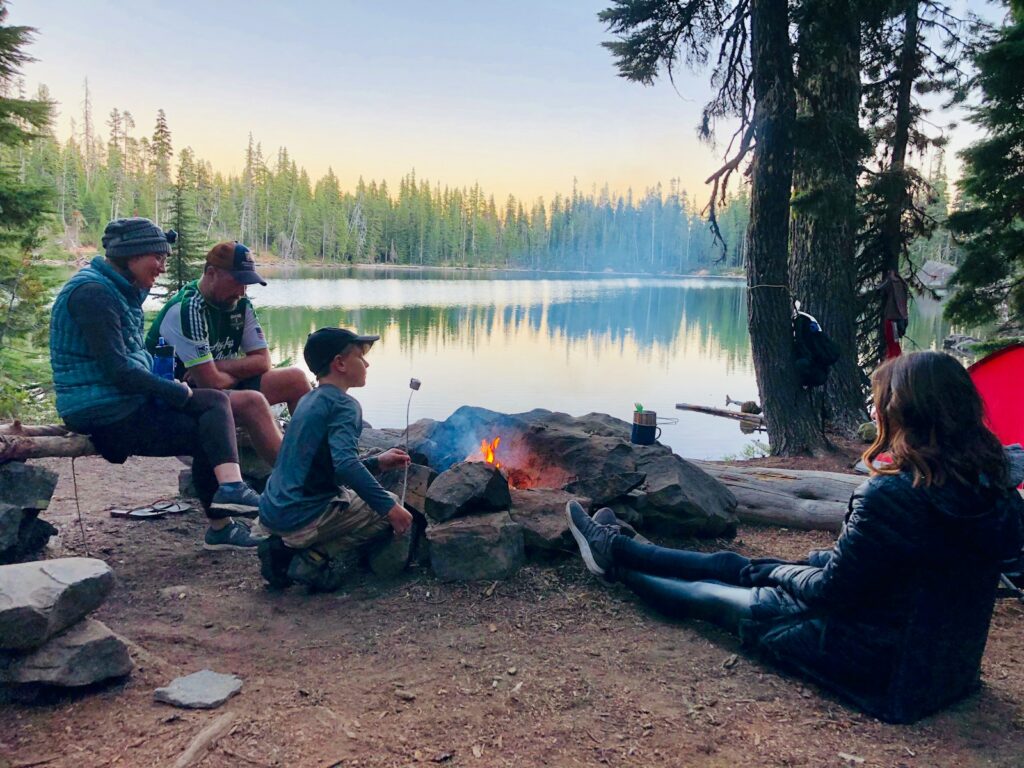
Camping with children in bear country requires additional precautions and preparation. Maintain constant supervision of children, never allowing them to wander alone even in seemingly safe areas. Teach children about bear safety using age-appropriate language, emphasizing the importance of staying close to adults and following instructions immediately. Establish clear rules about food handling, ensuring children understand never to keep snacks or candy in tents or pockets. Consider choosing established campgrounds with bear-proof infrastructure for family trips rather than remote backcountry locations. Practice bear encounter scenarios with children before your trip, teaching them to recognize warning signs and appropriate responses should they encounter wildlife while camping.
Seasonal Variations in Bear Behavior

Bear behavior changes significantly throughout the year, affecting camping safety considerations during different seasons. Spring can be particularly dangerous as hungry bears emerge from hibernation, aggressively seeking food and potentially more irritable after months without eating. Summer brings increased human-bear encounters due to peak camping season coinciding with bears’ active foraging period. Fall presents unique challenges as bears enter hyperphagia—a period of intense feeding to prepare for winter hibernation—making them especially focused on finding high-calorie food sources and potentially more determined when they detect food odors. Winter generally presents the lowest risk in most regions as bears hibernate, though in warmer climates some bears may remain active year-round. Understanding these seasonal patterns allows campers to adjust their precautions accordingly and plan trips during lower-risk periods if bear concerns are significant.
Bear country camping offers unparalleled wilderness experiences when approached with respect and preparation. By understanding bear behavior, implementing proper food storage techniques, maintaining clean campsites, and knowing how to react during encounters, outdoor enthusiasts can safely enjoy these magnificent natural areas. Remember that bears are wild animals deserving of respect rather than fear. Their presence indicates a healthy ecosystem, and with the right precautions, humans and bears can share these precious wilderness spaces. The vast majority of people who camp in bear territory never experience negative encounters, instead returning home with amazing memories and a deeper appreciation for North America’s wild places and the magnificent creatures that inhabit them.

